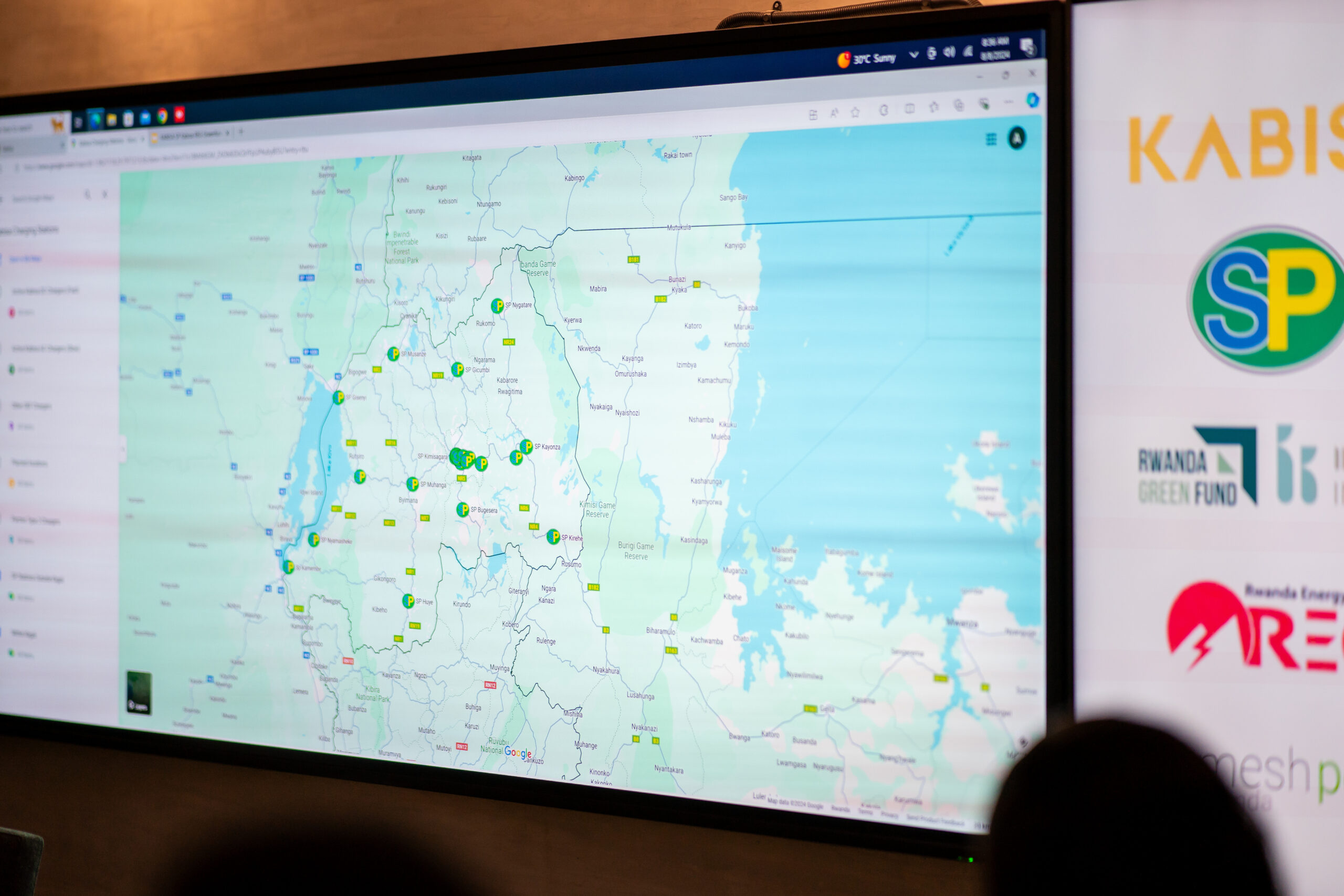Mine closure is a process now considered from the outset of a mining project, with operators only receiving their so-called ‘social licence to operate’ when a well-considered and understandable end of life plan is outlined.
Ahead of Planning for Closure 2024, taking place in Santiago, Chile, from May 8-10, IM heard from Bjorn Weeks, Chair of the event and Teck Resources’ Senior Advisor for Mine Closure, on the big issues being considered by industry.
Q: What can you tell us about Teck’s plans and approach regarding planned mine closures and the challenges and opportunities these imply for the company?
A: Teck is committed to sustainable and responsible mining, and mine closure is an essential part of this. Effective mine closure has allowed us to demonstrate in a concrete way that we follow through on our sustainability commitments. We also recognise that the best outcomes for closure are rooted in early planning. Good planning requires having the right people focused on developing, revising and implementing closure plans.
As a proudly Canada-based, global producer of the critical metals and minerals needed for the transition to a net-zero future, we have a long history of responsible resource development and we have an advantage in that we can draw on our experiences from the mines that we have responsibly closed successfully in the past.
The practice of mine closure is evolving throughout the industry, and Teck’s practice is evolving with it. We are constantly looking at best industry practices, such as those outlined by the ICMM, and making sure we incorporate them in our standards, procedures and guidelines in a meaningful way.
Q: Regarding the process of mine closure, what could you tell us about your approach to the rehabilitation of the land, the associated costs and work with the communities?
A: The importance of effective rehabilitation of the land has increased over the years, and what would be seen as the standard for satisfactory rehabilitation has evolved. In the not-so-distant past, achieving a reasonable degree of chemical and physical stability would be considered exemplary rehabilitation. However, in modern practice, the goals now go further – can we mine in a way that minimises the disruption to nature and biodiversity? Can we conduct closure in a way that speeds the restoration of ecosystems, potentially incorporating progressive closure? And, if we do those things, how does that fit with the desires and needs of the surrounding communities? Both as those communities are today, and as they will exist in the future – during and after closure. These are challenging questions that require the investment of time and resources to address. But I don’t think there is an alternative if the industry it to gain and maintain the trust of the society that we ultimately serve.
Q: How do you assess the progress that the mining industry is making in terms of planning for the closure of mining operations in recent years?
A: The industry continues to make remarkable progress in terms of planning for closure, with the state of practice in mine closure evolving dramatically across the globe. There are now many sites that have undergone what I would call a “modern” closure, which fully incorporate chemical and physical stability as well as – in some cases – addressing biodiversity and a well-managed social transition, with excellent results and many lessons learned about which technologies work, and which do not.

As we get better at addressing the fundamental challenges associated with promoting the long-term chemical and physical stability of our closed sites, industry attention is now turning to better addressing other challenges. The social component of closure is increasingly a focus – how do we incorporate community desires in our closure plans? How do we ease the economic transition for communities that have depended on the benefits of mining during operations? At Teck, we engage early with communities and Indigenous Peoples to ensure they are involved in closure and end land use planning.
In recent years we have also seen planning for closure take on the challenges of impacts to biodiversity and nature. How can we close mines in a way that supports nature, and even has the potential to enhance biodiversity? Remarkable research has been done and significant advances have been made in this area, and I think that it is through successful closures that incorporate these concepts that the industry will be able to demonstrate to the world that sustainable mining is not only possible but practical.
At the same time, we know that nature loss is a critical global challenge that requires a coordinated global effort to tackle, and Teck is taking action now. We are working to support a nature positive future by 2030. This includes investing significantly in innovation to reduce our impacts and conserving and reclaiming at least three hectares for every one hectare we affect through mining. We are accelerating the pace of reclamation for our own sites and working with local communities and Indigenous Peoples to protect nature in accordance with their priorities. We’ve conserved or restored a total of 51,900 hectares since we launched our Nature Positive goal in 2022.
4. How does Planning for Closure 2024 help mining companies (as well as other stakeholders) to continue to make progress in improving the different areas involved in mine closure?
A: The tremendous rate of advance in mine closure practice has been made possible by the willingness of practitioners to share information. Absolutely nothing can replace the power of a conference to bring together people who have different levels of experience and different backgrounds to learn from each other. I have had the privilege to attend Planning for Closure since its inaugural edition in 2016, and I think it provides an important forum for both the formal and informal sharing of knowledge. At this conference we see seasoned industry veterans mixing with people who are just beginning their careers, and we see mining industry executives freely interchanging experiences with consultants and stakeholders.
Planning for Closure 2024 occupies a unique space – Latin America in general, and Chile in particular, is home to some of the largest and most important mines in the world including Teck’s newly expanded Quebrada Blanca operation, and the challenges in planning for and executing those closures are huge. In that context, it is incredibly important to have a conference like this one that is international in reach, and can draw on the full range of global experience, while still providing enough of a local focus to speak to the real challenges facing practitioners here.
For mining companies like Teck, this conference is an opportunity to both to contribute to advancing the dialogue about mine closure, and to the development of the professionals we need as an industry.
The Planning for Closure 2024 event is a forum where executives, professionals and academics can learn and analyse strategies and tools that allow the integration of mining planning from the initial stage of a project and throughout the life of a mine. Find out more about the event here



